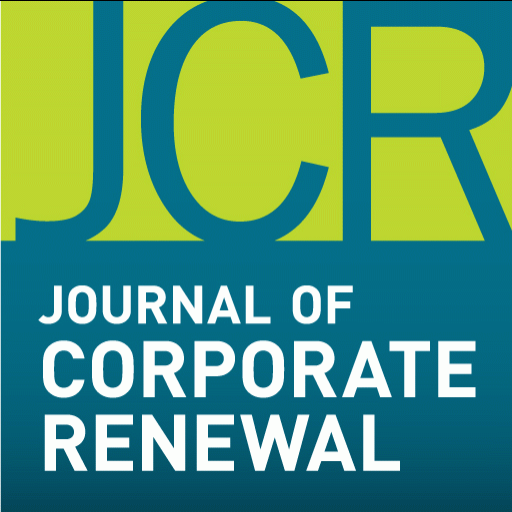
The COVID-19 pandemic has turned the commercial real estate market upside down. Distressed properties are coming to market daily; tenants are seeking drastic rent reductions or trying to get out of their leases altogether; landlords want to stave off creditors for as long as possible. With massive amounts of closures still on the horizon, things don’t look very bright-—except for those who realize that opportunities abound. Even now.
1. The time to invest is coming; the key is to be smart
Certainly, in the hospitality, retail, and restaurant industries, properties are beginning to be auctioned or put up for sale–some at rock-bottom prices. Those looking to buy are taking advantage of depressed valuations and know they can demand steep discounts from desperate sellers.
On the flip-side, Keen-Summit is just finalizing one of the largest hospitality industry deals of the year–a $100+ million sale of the famed L’Ermitage Beverly Hills hotel. The property was tied up in the 1MDB international money-laundering scandal. Yet, even in the midst of COVID, there was a long list of eager buyers, and a massively competitive process.
And retailers, especially those with a robust online business, that can and will survive, now can search for properties in a very focused way, seeking very specific blocks or neighborhoods in which to invest. While there’s less competition for space in urban areas, the suburban market has been heating up.
Realize that no one knows where the bottom of the market will be, although lots of people want to define it. So, be true to your analysis; watch for the right opportunity, then invest. There are funds being put together now; opportunity abounds.
2. If possible, try to avoid bankruptcy or insolvency.
Even with mounting debt, if there’s any chance of viability, grab it. Better to try to get back on your feet than not because the cost is so great. You’ll have various options to do so, ranging from workouts and restructuring and lease modifications, to debt consolidation and settlement. At present, the legal and regulatory environment is encouraging the restoration of a debtor’s financial viability by way of negotiation and workouts.
So, regroup around your existing portfolio and try to pay off debt. You’ll find that among many creditors and lenders, especially the community banks, there is a real willingness to negotiate. They don’t want to be saddled with property or liquidations – which brings me to my next point:
3. Talk! Negotiate! Keep the lines of communications open!
Having the bandwidth to enter negotiations with creditors and tenants is a real challenge in this marketplace – and the stakes are high. Traditional posturing has broken down, yet people are desperate to survive. So, you need to be nimble, creative, and open-minded. Return those calls, and control your emotions. If you are a landlord, try to work with tenants to get, at a very minimum, some short-term Band-Aid solutions. A 25% rent concession is a lot better than a 100% reduction if they go out of business.
Second, don’t wait too long to contact your lenders. Typically, property owners wait until they’re in default with a lender before they do anything. Start having conversations earlier in the process, which you’ll find very helpful in overall restructuring. Banks can be incredibly patient with borrowers right now, more willing to enter into forbearance agreements, as long as you’re willing to communicate.
Finally, speak to your attorneys, real estate advisors, and restructuring advocates—the very people who spend their days negotiating forbearance agreements that allow borrowers time to regroup—as soon as possible.
Matt Bordwin is the principal and managing director of Keen-Summit Capital Partners LLC, New York, N.Y.





